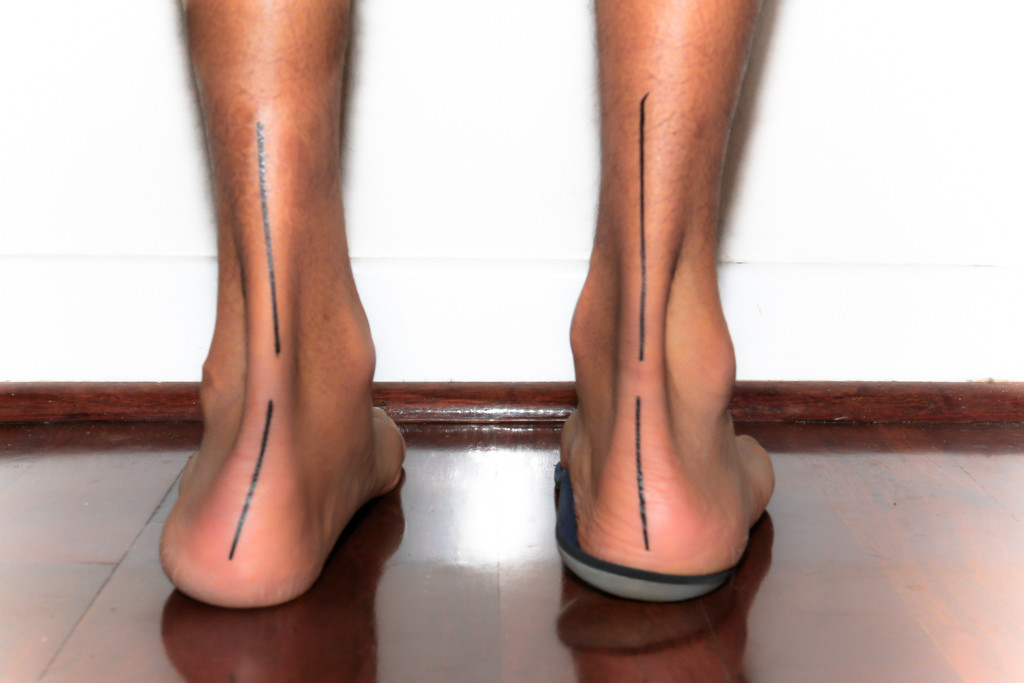Flatfoot – Preventable Pain

Flatfoot. An undeservedly neglected endemic of our days is flatfoot, where longitudinal arches of the feet disappear or flatten, feet turn out along their longitudinal axles, ligaments expand, the positions of bones become rearranged, whereby the tensile direction of muscles change and this in turn deteriorates the developed bad foot structure further. Among static deformities of the feet, this is the most frequent orthopaedic disease in the World, but this is not to be mixed up with fallen arch disease.

The good or bad status of our feet accompanies our whole life; therefore, it must be told several times, as loud as possible, how important is it to deal with the issue and to prevent all kinds of deformations. The custom-made insoles of Batz can be a proper way of prevention or even of correction of flat foot. We must emphasize at this point that in severe cases rude hammertoe or bunionevolves, and their treatment offered by specialists cannot be omitted and we suggest the use of insoles as a completion of such medical treatments, meanwhile a proper exercise programme and/or special foot exercises are also important additions to a complex heath programme. The possible consequences of flat foot – e.g. warts on the sole due to arch drop, hammertoe, arthrosis caused by the position of bones in the foot, bunion due to the fallen cross arch, low back pain caused by abnormal pelvic angle, scoliosis or fatigue – could be properly preventable by the use of custom-made arch support (insole) if applied in an early phase. Of course, usual physical load and bony structure are individual characteristics, however, the well-known basic exercises are useful additions to the measure-made Batz insoles – like lifting a pencil or a marble with toes. If pain appears during sole exercises, spasms must be always treated immediately. Its easiest and most effective way, if we or a helper strains the foot backwards using the row of toes as a handle; or – as joggers know it well – if a stretching exercise is made in the deep position of a fencer, that can evade the effect that some humourists (namely the Hungarian Géza Hofi) put this way:“my back pain is so harsh that my toes form a balled fist”. The PROPER insole that supports the edge of the foot offers a less expensive solution than surgery, not to mention the costs of rehabilitation, lost wages, etc. Measure-made or custom-made insoles can be manufactured within a couple of days at our numerous sole pressure measuring points found at many settlements within the country, where computerized measuring methods are available. On products supported by the national health insurance system, on their purchasing, about Frequently Asked Questions and on our product range, the web page of Batz gives more information.
Flatfoot
Attention: About the risks involved in wearing individual insole medical devices of Batz, please read the information sheet or ask your physician. Please see user instructions to the individual arch support at this address: https://egyeditalpbetet.batz.hu/en/instructions/ .
 Magyar
Magyar  Deutsch
Deutsch 





